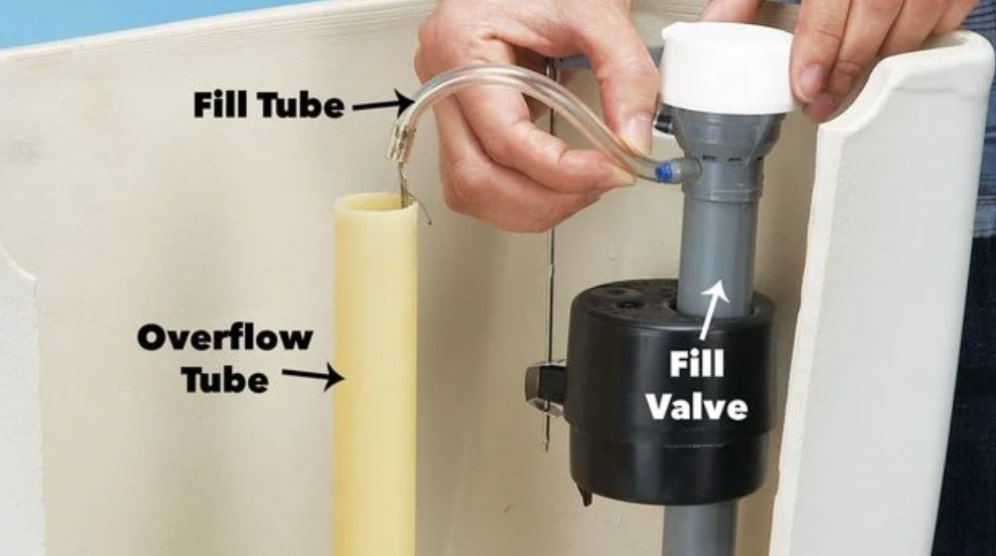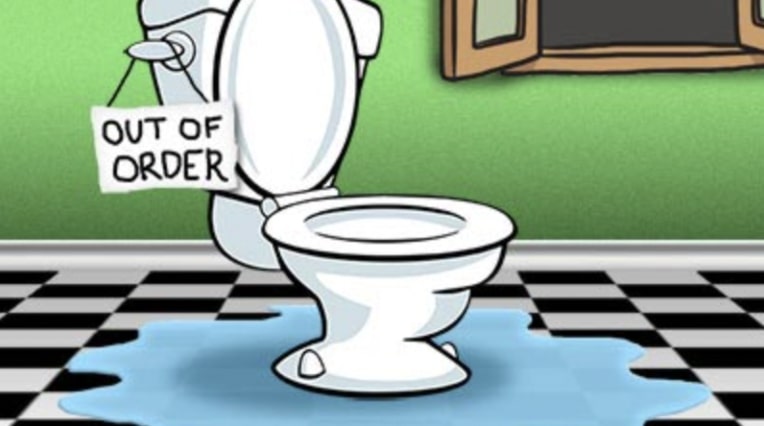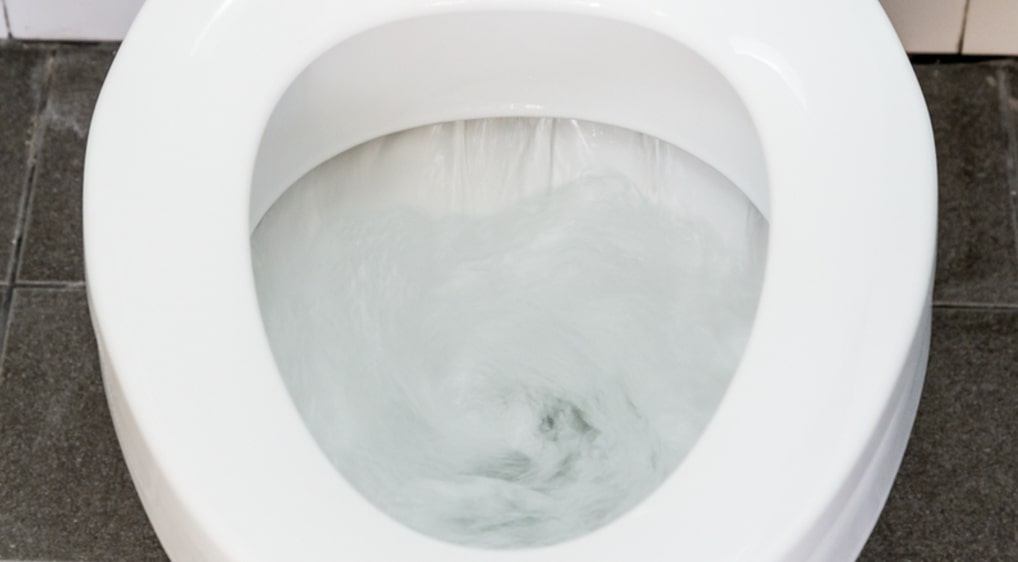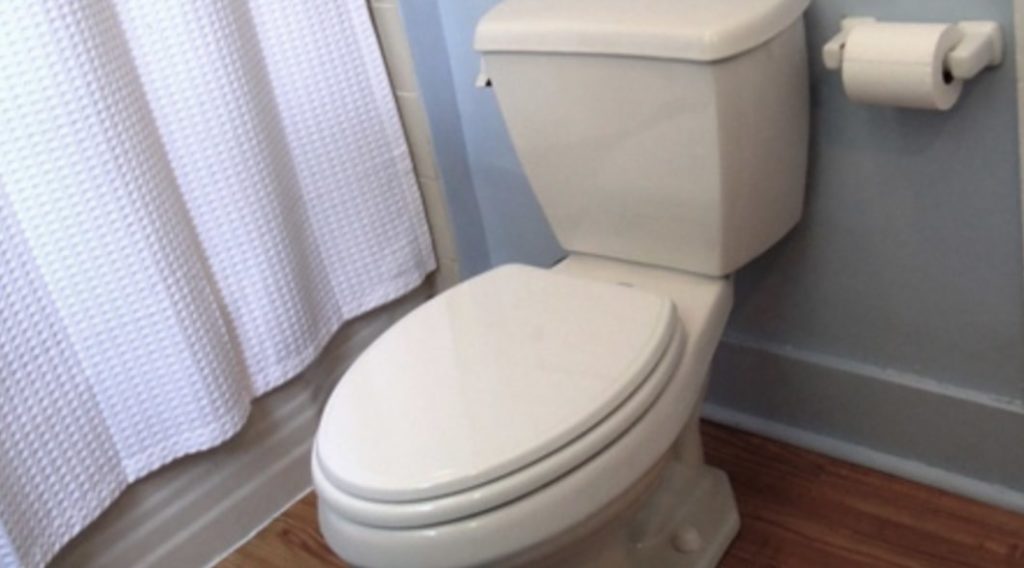It’s distracting to have a faulty toilet at your home or rental property. Hiring a reliable plumber to repair it will require you to spend money—but you don’t have to.
Here, we wrote a guide on the common toilet issues and how to fix them. So, continue reading to know more about them!
1) Running Toilet

Running toilet is a common toilet issue for many people. It means that water is continually dripping into its tank through the fill valve.
As a result, your water is needlessly wasted and you’d have to pay a higher monthly bill. So, here are the things you can do to solve it:
Water is leaking in the toilet bowl and tank
- Open the toilet tank and check the flapper. A toilet flapper is tasked with sealing the overflow tube and keeping the water from running into the bowl.
If this is the problem, you should change the flapper. You can order online or pick one up at your local hardware store.
- However, if upon checking, the flapper is working properly or after replacing it, the leaking still persists, you may have to replace the entire flush valve part.
The water level in the tank is high enough to fill the overflow tube
- In this case, the fill valve may be causing the problem. It might need to be cleaned or replaced, especially if yours is an older model.
- Your fill valve may have small debris that is responsible for the problem. Check your toilet’s instructions on how to clean them correctly.
2) Leaking Toilet

Worse than a running toilet, a leaking toilet can damage your flooring, loosen tiles, and seep down into raised floors if it’s left that way for long periods.
It’s also toxic since toilet water is contaminated. Therefore, always work with waterproof gloves to be protected and safe.
And so, if you discover your toilet’s leaking, it’s vital to fix it as soon as possible. Below are the ways to solve it:
The water supply valve is leaking
- Tighten the nut a bit behind the water shut-off valve. Be careful, you may need the hold the supply pipe while doing this.
- Also, check the supply line that’s connected to the shut-off valve. Tighten as needed.
- If the supply line is more than five years old, consider having it replaced by a plumber.
The section between the tank and toilet is leaking
- Check the tank bolts from inside the tank and tighten them if needed.
- Inspect the bolts and gasket at the part where the toilet is attached to the tank. You may need to replace them both.
- The leaks persist since the tank could be cracked. If this is your situation, you can replace the tank itself; otherwise, get a new toilet.
The floor is leaking or the ceiling below the bathroom has water stains
- Inspect the bolts under the toilet that secure it to the floor. First, ensure the toilet is correctly positioned and tighten the bolts as needed.
- If that fails to work, you have to dismantle the toilet from the floor. Change the bolts, wax ring, and anchor flange.
Bolts keep the toilet in place, an anchor flange gives support to the bolts, and a wax ring seals the common perimeter of the toilet and waste pipe.
- Check the toilet base for any cracks. If there are, the toilet bowl or the entire toilet will have to be replaced.
If some or all of the above sound complicated for a DIY job, hiring a plumber is a smart decision. This will ensure the toilet is fixed properly and the leaking problem is perfectly solved.
3) The toilet flushes by itself (Phantom Flushing)

Often hear your toilet flushing by itself? It’s also a common problem experienced by many homeowners. See below for information on how to fix it.
- It may be caused by a running or leaking toilet problem. Kindly refer to the solutions above to fix it.
- Check if the fill tube is inserted into the overflow tube. If it is, remove and place it outside of both tubes.
- Make sure that the flapper seals the flush valve entirely. If there are any sediment buildups on it, give it a good clean.
- If the preceding solutions didn’t work, try replacing the whole flush valve assembly.
4) The toilet doesn’t flush completely

You could have a toilet that doesn’t flush out the contents completely. Thankfully, it’s remediable in the following ways:
- Examine the lift chain. Make sure that it has enough pressure to drain the toilet water and adjust as needed.
- Fill the water in the tank to a certain level. This should be indicated on the usage instructions of the toilet.
- Check if the flapper is set correctly and in the right size for your toilet. Otherwise, replace it.




